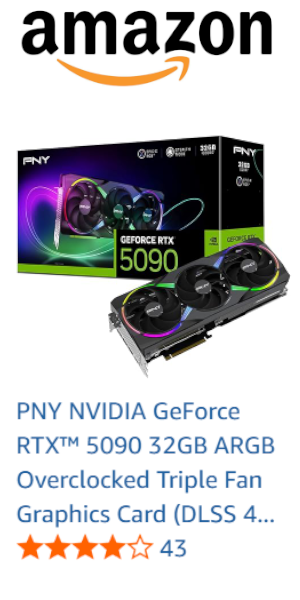Artificial intelligence has made a colossal leap from the realms of academia and industry to the vibrant corridors of the art world. A new breed of creatives, known as AI artists, is starting to take center stage, wielding algorithms instead of paintbrushes, and using data as their muse. As we venture further into the third decade of the 21st century, AI has not only become a tool for practical solutions but also an instrument for artistic endeavor. These AI artists are at the forefront of a movement that merges human creativity with sophisticated machine learning, thereby challenging our very perception of art and creativity. This article aims to unveil the mysteries behind AI art and spotlight 12 pioneering AI artists who have made significant contributions to this novel art form in 2023.
Artificial intelligence has made a colossal leap from the realms of academia and industry to the vibrant corridors of the art world. A new breed of creatives, known as AI artists, is starting to take center stage, wielding algorithms instead of paintbrushes, and using data as their muse. As we venture further into the third decade of the 21st century, AI has not only become a tool for practical solutions but also an instrument for artistic endeavor. These AI artists are at the forefront of a movement that merges human creativity with sophisticated machine learning, thereby challenging our very perception of art and creativity. This article aims to unveil the mysteries behind AI art and spotlight 12 pioneering AI artists who have made significant contributions to this novel art form in 2023.
AI Art: A Hybrid of Science and Aesthetics
Art has traditionally been a reflection of human emotion, a form of expression that requires a complex understanding of the world and a deep sense of creativity. The infiltration of AI into this space signals a paradigm shift, where the lines between human and machine-made art begin to blur. Utilizing algorithms and neural networks, AI artists are forging a new path for creation, where the unpredictable nature of machine learning can lead to awe-inspiring pieces beyond human imagination.
Up-and-coming talent like Sougwen Chung utilizes robotic arms as an extension of her artistic vision, crafting drawings that encapsulate a harmonious dance between the digital and the physical. Refik Anadol mesmerizes audiences with his immersive AI-powered installations, where vast pools of data are translated into stunning visual spectacles.
Other notable figures include Mario Klingemann, known for his generative art that gives visual form to complex algorithms, and Alexander Reben, who uses AI to explore philosophical and ethical dimensions within his work. Similarly, artists like Scott Eaton and Sofia Crespo employ machine learning to produce artwork that delves into the nuances of human and biological forms, offering a profound commentary on our own existence.
Challenging the Definition of Creativity
The contributions of these artists raise probing questions about the essence of creativity. Could this synergy between human intention and automated processes forge a new definition of what it means to create art? Stephanie Dinkins invites such inquiry through her interactive projects that involve deep conversations with AI entities, while Ross Goodwin's endeavors in AI-enhanced literature unveil the poetic potential of neural networks.
Mimi Onuoha, with her critical approach, pushes us to consider the implications of data collection, representation, and the biases inherent in AI systems. She challenges us to think deeply about the societal impacts of these technologies.
The Future of Artistic Expression
As AI continues to evolve, so too will the possibilities for its application in art. Each new advancement brings forth a surge of potential for AI artists to explore uncharted territories of creativity. What does the future hold for AI in the art world? That remains to be seen, but one thing is clear: the discourse around art and creativity is being irrevocably altered by these technological virtuosos.
The challenge now lies in how we engage with these pieces, how we let them inspire us, and how we interpret the statements they make about our world. These AI artists are not only expanding the frontiers of art but also inviting us to partake in a broader conversation about the role technology plays in shaping our cultural and artistic landscape.
With each passing moment, these AI innovators continue to amaze and inspire, ushering in new forms of art that were once thought impossible. The intersection of artificial intelligence and artistic expression is a testament to the ever-changing nature of creativity itself. As our journey with AI art progresses, it's exciting to anticipate what these pioneers will conceive next. Keep an eye out for future updates as we delve deeper into the remarkable world of AI artists who are redrawing the boundaries of artistic vision.
Information for this article was gathered from the following source.


